What is Programmatic SEO (pSEO)?
Programmatic SEO creates hundreds or thousands of web pages using templates and data. Instead of writing each page by hand, you build one template and fill it with different data to make many similar pages.
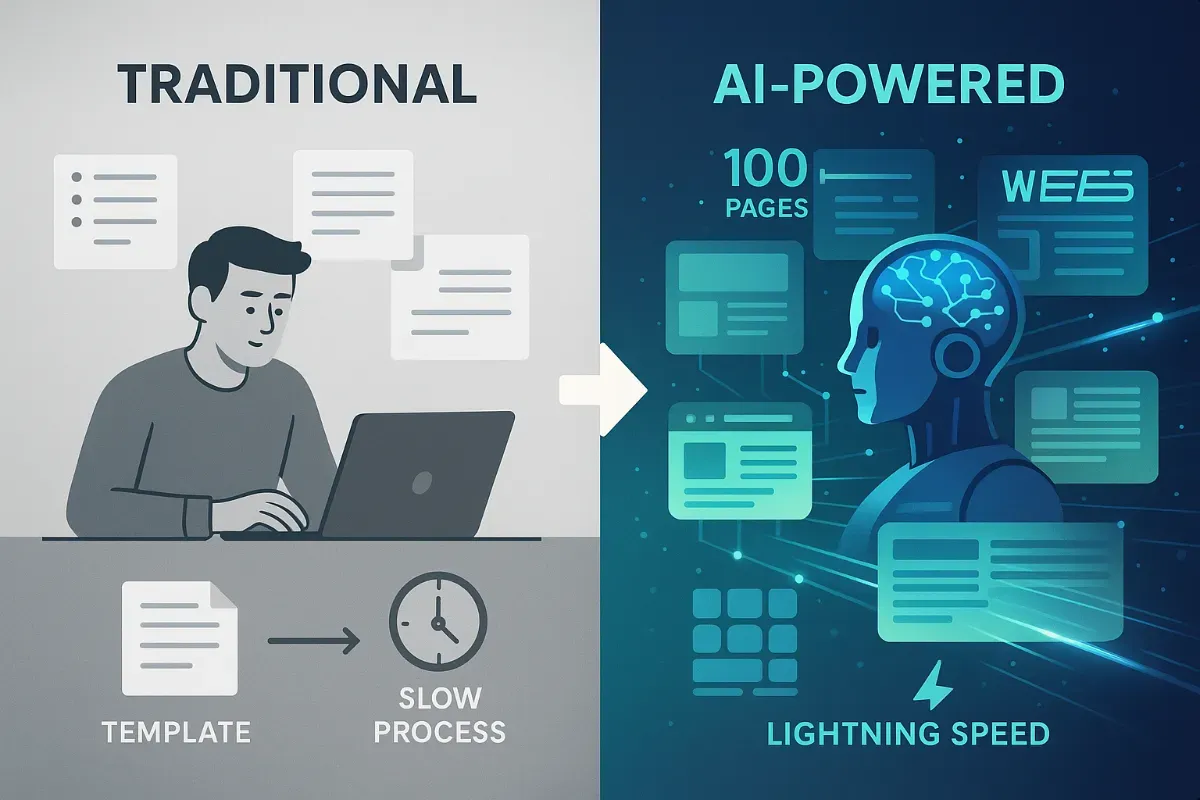
Why AI Changes Everything for Programmatic SEO
Traditional programmatic SEO requires manual template creation and static data sources. AI transforms this process by generating content automatically, updating pages in real-time, and optimizing based on performance data.
Companies using AI-powered pSEO see 10x faster content creation and 40% better search rankings compared to manual approaches. The technology handles the heavy lifting while you focus on strategy.
How AI Powers Modern Programmatic SEO
AI creates unique content for each page using your data and templates. Instead of simple variable substitution, AI writes natural paragraphs that provide real value to visitors.
Machine learning algorithms analyze page performance and adjust content automatically. Pages that underperform get rewritten without human intervention.
AI monitors data sources and updates pages when information changes. A hotel booking site automatically reflects new prices and availability.
AI understands search intent better than keyword matching alone. It creates content that answers the actual questions people ask.
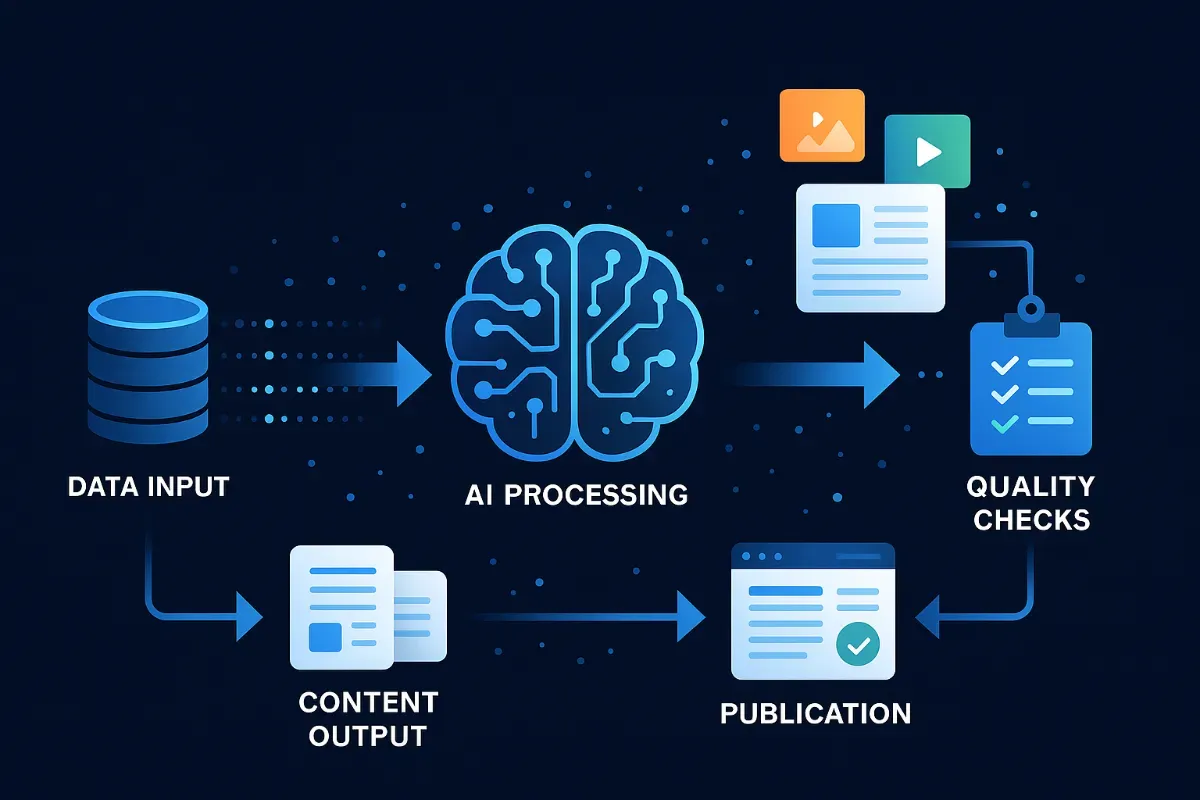
Setting Up AI-Powered Content Generation
Large language models like GPT-4 or Claude work best for content creation. APIs provide programmatic access for automated generation.
Create detailed prompts that guide AI content creation. Include brand voice guidelines, formatting requirements, and quality standards.
Write a 300-word guide about [TOPIC] for [AUDIENCE]. Include [KEY_POINTS]. Use a professional but conversational tone. Add one practical tip and one common mistake to avoid.Set up automated checks for content quality, factual accuracy, and brand consistency. AI can produce errors that need catching before publication.
Create systems that generate, review, and publish content automatically. Build approval processes for sensitive topics or high-value pages.
Making pSEO Real-Time and Efficient
Set up triggers that update pages when relevant events occur. Price changes, inventory updates, or news events can automatically refresh content.
Use intelligent caching to serve pages quickly while keeping content fresh. Cache static elements but update dynamic parts in real-time.
Group similar updates together to improve efficiency. Update 100 product pages at once instead of processing them individually.
Track page generation speed, update frequency, and system resource usage. Optimize bottlenecks before they affect user experience.
Manage AI API usage to control costs while maintaining update speed. Prioritize high-traffic pages for immediate updates.
Connecting Google Search Console for Real-Time Data
Enable the Search Console API in Google Cloud Console. Create service account credentials for automated access to your search data.
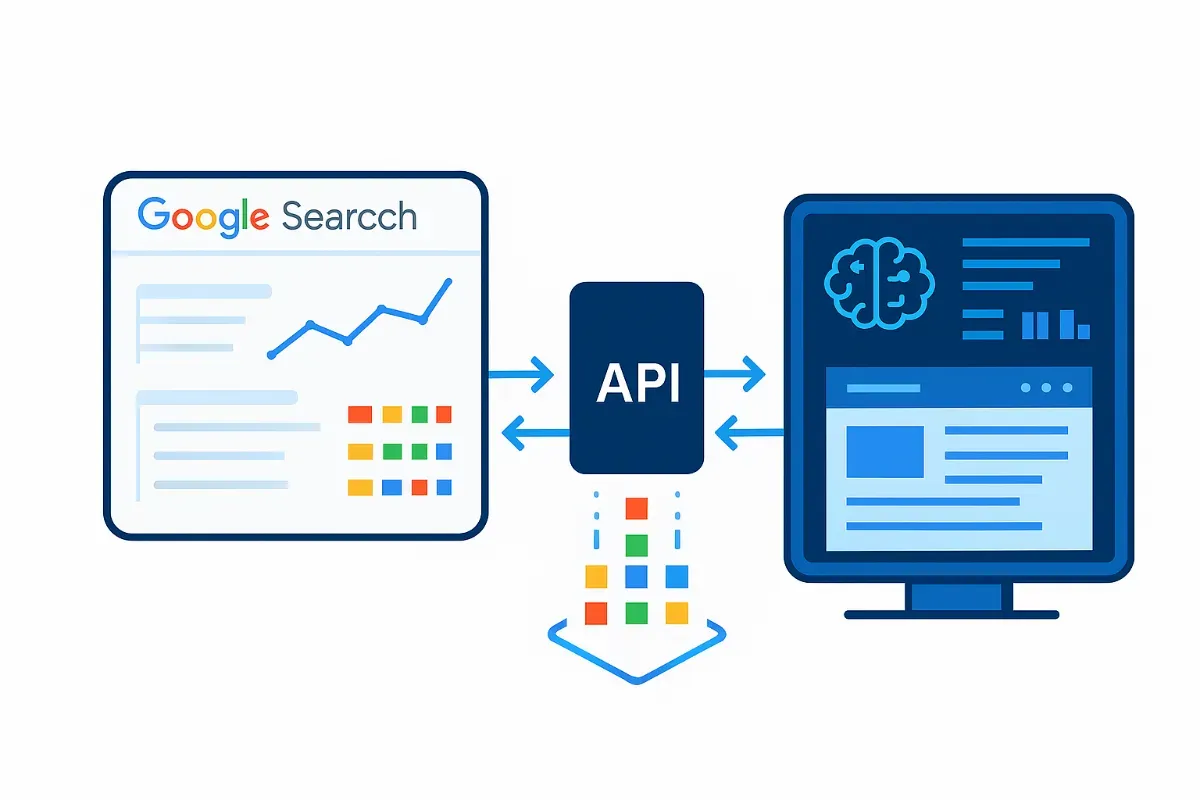
Build systems that pull search performance data every few hours. Focus on queries, impressions, clicks, and position changes.
Use AI to analyze Search Console data and identify content opportunities. Find queries where you rank positions 4-10 and could improve with better content.
Monitor how your programmatic pages perform in search results. Track ranking changes, click-through rates, and impression volumes.
Set up notifications for significant ranking drops or traffic changes. Early detection helps you fix problems before they impact revenue.
Building Real-Time Data Feeds
Connect to APIs, databases, and external feeds that provide fresh information. Real estate sites pull MLS data, job boards sync with ATS systems.

Monitor data sources for updates and trigger page regeneration only when content actually changes. This saves processing power and API costs.
Set up webhooks from data providers to push updates immediately. This creates truly real-time content without constant polling.
Check incoming data for accuracy and completeness before updating pages. Bad data can damage your search rankings quickly at scale.
Maintain fallback data sources when primary feeds fail. Your pages should never show errors or outdated information.
Launching Your AI-Powered pSEO Portal
Choose hosting that can handle thousands of pages and frequent updates. Cloud platforms with auto-scaling work best for variable traffic.
Select or build a CMS designed for programmatic content. WordPress can work but dedicated solutions handle scale better.
Use frameworks optimized for large sites. Next.js, Nuxt.js, or custom solutions often outperform traditional CMS platforms.
Structure your database to support fast queries and frequent updates. Index columns used for filtering and sorting page data.
Set up content delivery networks to serve pages quickly worldwide. Configure edge caching for better performance.
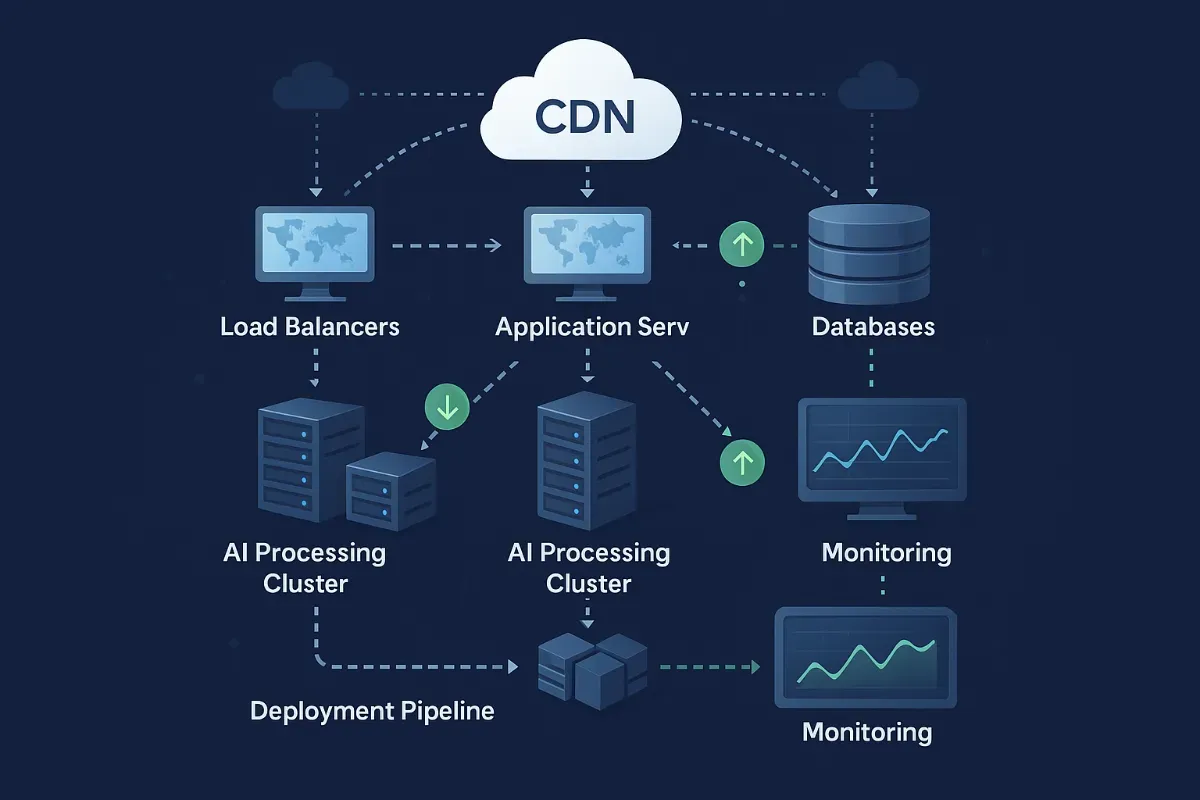
Rapid Deployment Strategies
Start with a small subset of pages to test your system. Launch 50-100 pages first then scale based on performance data.
Build reusable templates for common page types. Product pages, location pages, and comparison pages often share similar structures.
Create tests that verify page generation, content quality, and technical performance. Run these before each deployment.
Test all changes in a staging environment that mirrors production. This catches issues before they affect live pages.
Prepare systems that can quickly revert to previous page versions if problems occur. Fast rollbacks prevent extended downtime.
Keeping Content Fresh with AI
Use AI to identify pages with outdated information. Look for mentions of specific dates, discontinued products, or changed policies.
Set up schedules that regenerate content periodically. News-related pages might update daily while evergreen content updates monthly.
Monitor industry trends and automatically incorporate relevant information into your pages. AI can add timely context without manual intervention.
Adjust content based on seasonal patterns, holidays, or recurring events. Travel sites can automatically highlight seasonal destinations.
Use AI to analyze competitor pages and identify content gaps in your own pages. Automatically add missing information that users expect.
Content Quality and Brand Consistency
Train AI models on your brand voice and writing style. Consistent tone across thousands of pages builds trust with users and search engines.
Implement automated fact-checking for claims, statistics, and product information. AI can verify data against trusted sources.
Monitor generated content for similarities and ensure each page offers unique value. Use AI to rewrite content that's too similar to existing pages.
Collect user feedback on page quality and use it to improve AI generation. Poor user signals indicate content that needs refinement.
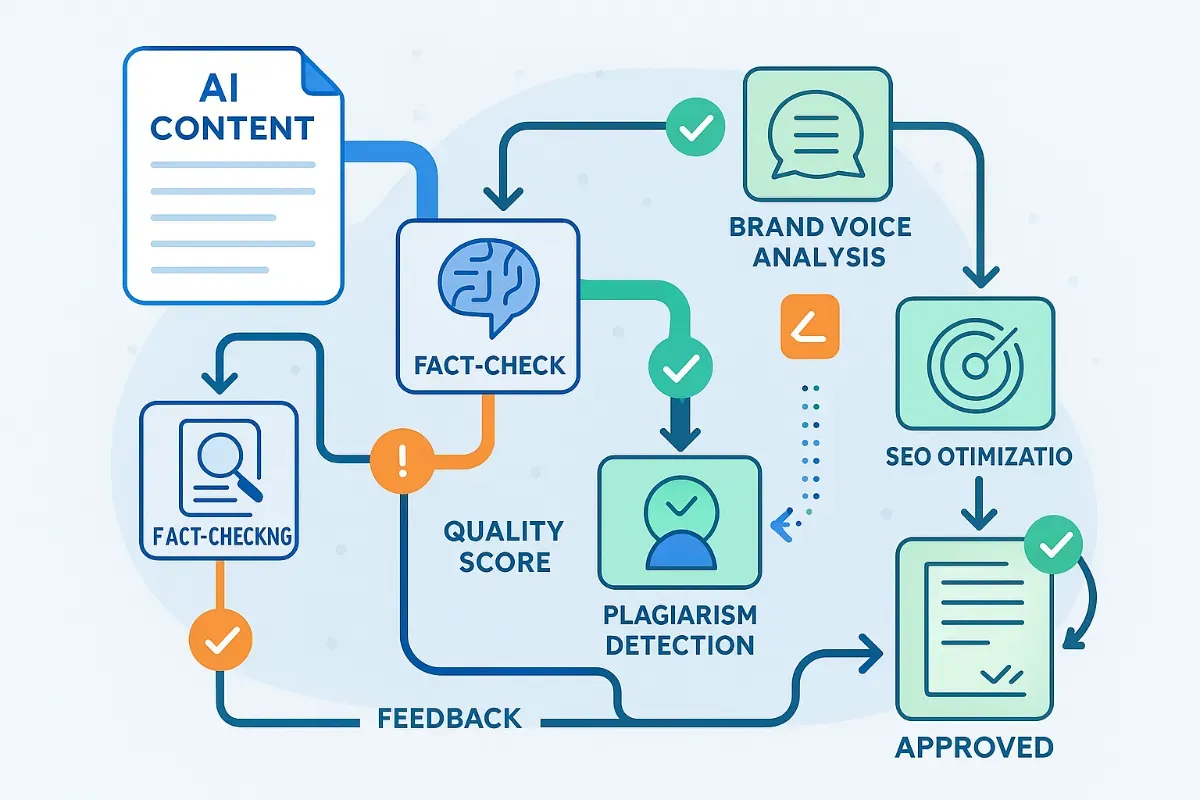
Advanced AI Techniques
Use different AI models for different content types. One model might excel at product descriptions while another handles technical explanations.
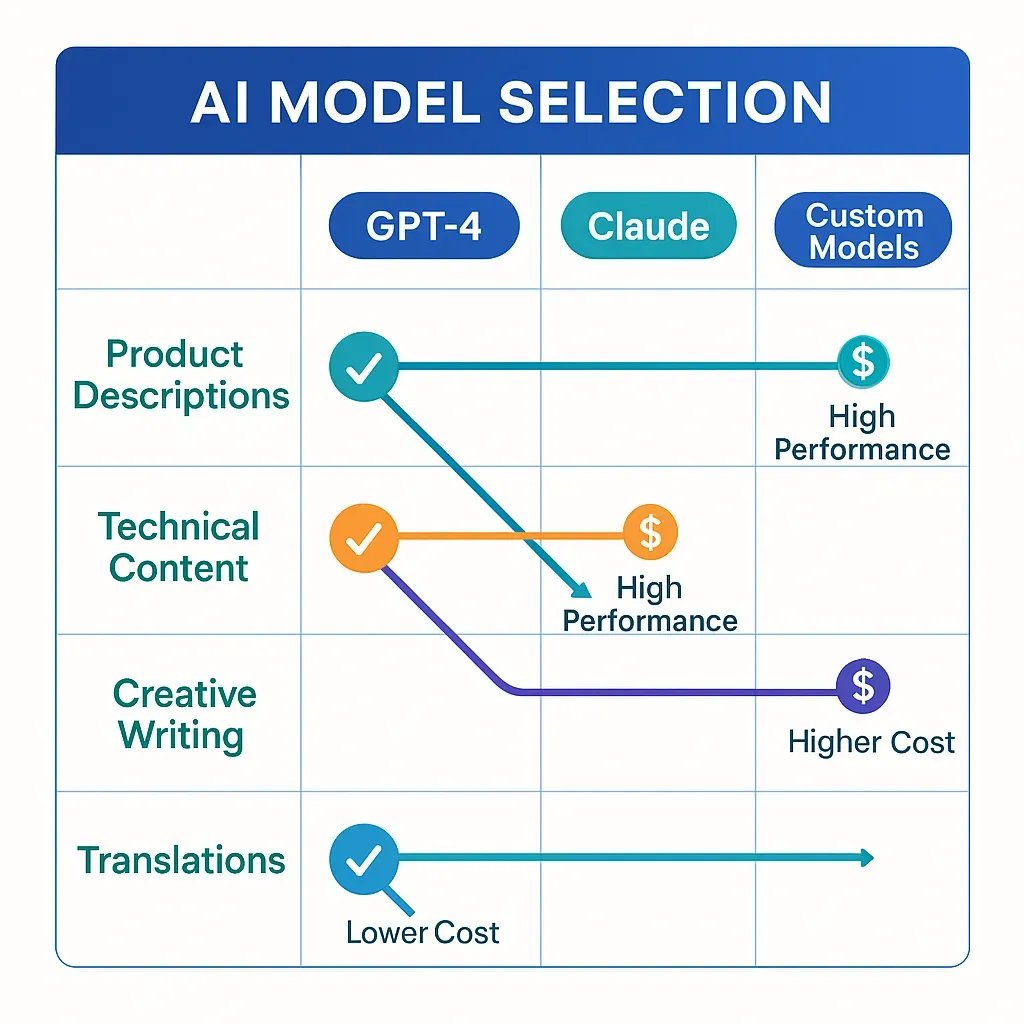
Train AI models on your specific domain and use cases. Fine-tuned models produce more relevant content than general-purpose alternatives.
Continuously refine your prompts based on output quality. Small prompt changes can dramatically improve content relevance and accuracy.
Provide AI with relevant context about your business, products, and audience. Better context leads to more useful content generation.
Monitoring and Optimization
Track content generation speed, API costs, server resource usage, and content quality scores. Optimize the biggest bottlenecks first.
Monitor how AI-generated pages perform in search results. Track rankings, traffic, and conversions compared to manually created content.
Analyze which types of AI-generated content perform best. Use these insights to improve your templates and prompts.
Monitor AI API usage and optimize for cost-effectiveness. Batch similar requests and cache common responses to reduce expenses.
Log and analyze errors in content generation, data processing, and page deployment. Fix recurring issues to improve system reliability.
Common Implementation Challenges
AI can produce factually incorrect or off-brand content. Build multiple review layers and quality checks to catch problems early.
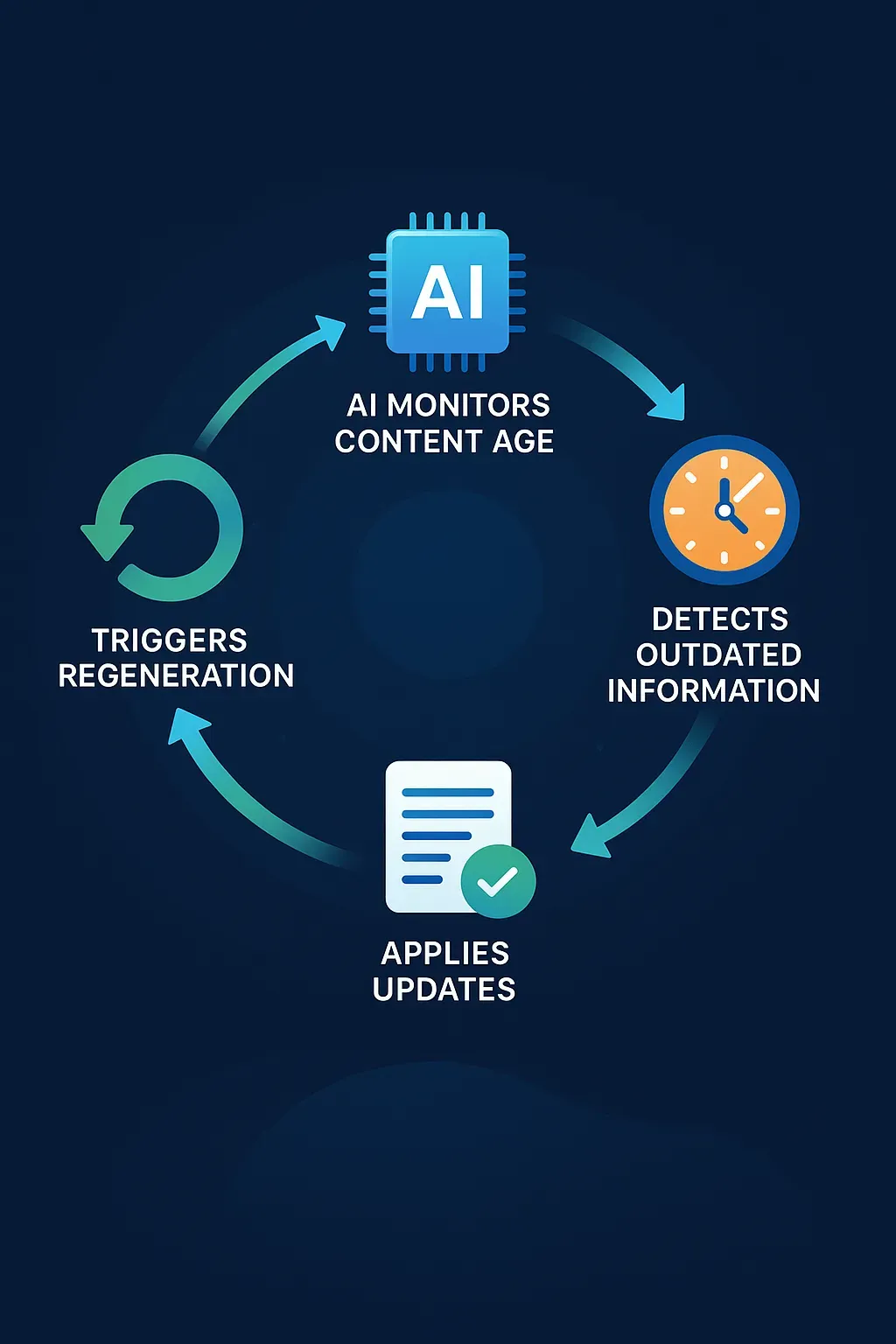
AI-powered pSEO requires significant technical expertise. Consider working with developers experienced in AI integration and large-scale websites.
Relying on external AI APIs creates potential points of failure. Have backup plans and error handling for API outages or rate limits.
Ensure your AI implementation complies with privacy regulations. Be careful about what data you send to external AI services.
Google's guidelines around AI content continue evolving. Focus on creating genuinely helpful content regardless of how it's generated.
Getting Started Checklist
- Define your content types and target keywords
- Choose AI models and technical infrastructure
- Set up development and staging environments
- Create initial templates and content prompts
- Build content generation systems
- Integrate data sources and APIs
- Set up Google Search Console connections
- Create quality control processes
- Generate test pages and verify quality
- Test real-time update mechanisms
- Validate search performance tracking
- Run load tests on your infrastructure
- Deploy a small batch of pages
- Monitor performance and user feedback
- Fix any issues that emerge
- Prepare for scaling up
- Gradually increase page generation
- Optimize based on performance data
- Add new content types and data sources
- Continuously improve AI prompts and templates
Advanced Features to Consider
Use visitor data to customize page content in real-time. Show location-specific information or personalized recommendations.
Test different AI-generated content variations to optimize for conversions. Automatically promote winning variants across similar pages.
Use AI translation to create content in multiple languages. This dramatically expands your potential audience reach.
Generate content that answers voice search queries. AI can create conversational content that matches how people speak.
Structure AI-generated content to target featured snippets. This can dramatically increase your search visibility.
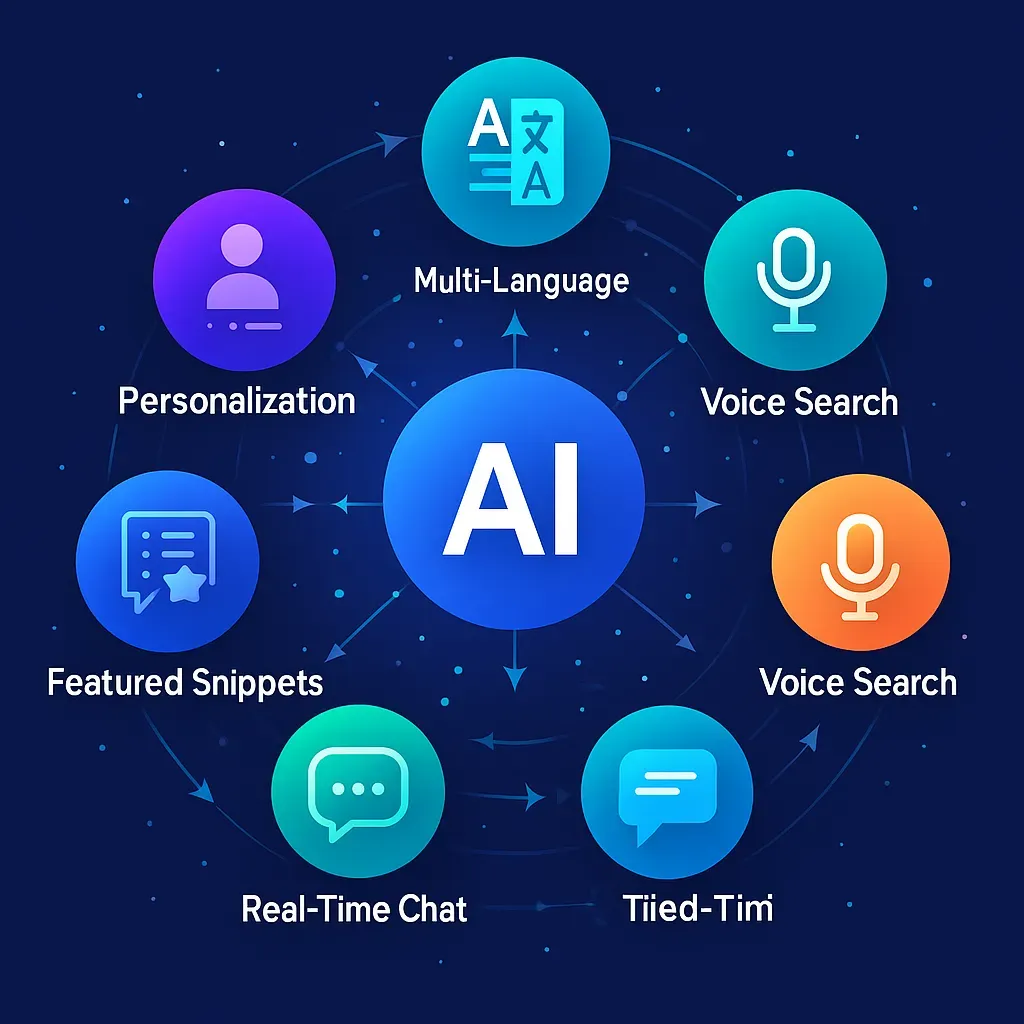
Tools and Resources
- OpenAI GPT-4 API for content generation
- Anthropic Claude for complex reasoning tasks
- Google Cloud AI for specialized models
- Azure OpenAI for enterprise deployments
- Next.js for fast static sites
- WordPress with custom plugins
- Headless CMS solutions
- Custom Python/Node.js applications
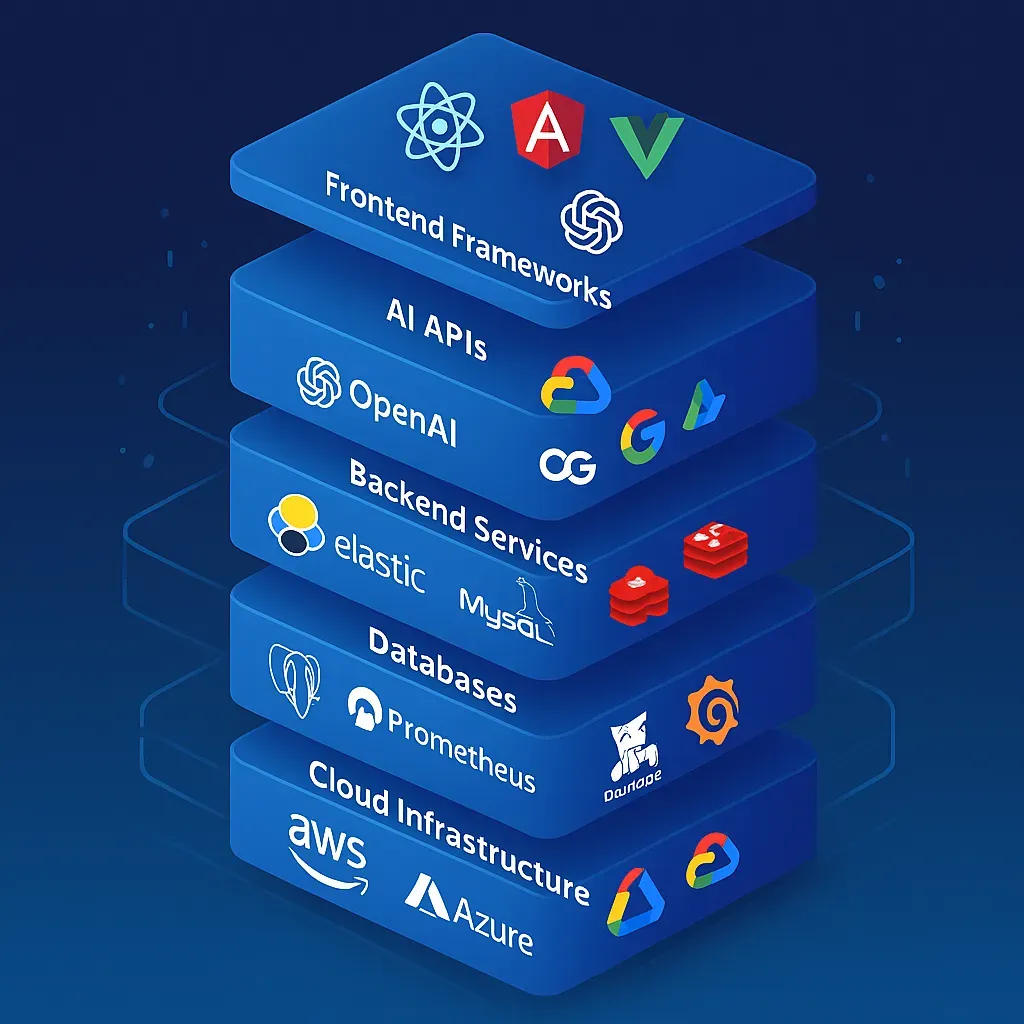
- Google Search Console API
- Custom analytics dashboards
- Performance monitoring tools
- Error tracking systems
AI-powered programmatic SEO represents the future of content creation at scale. Start with solid foundations, focus on content quality, and scale gradually as you learn what works for your specific use case.